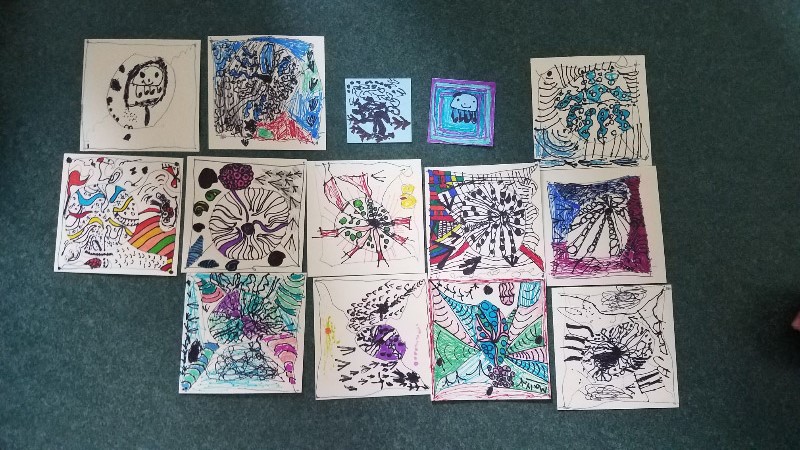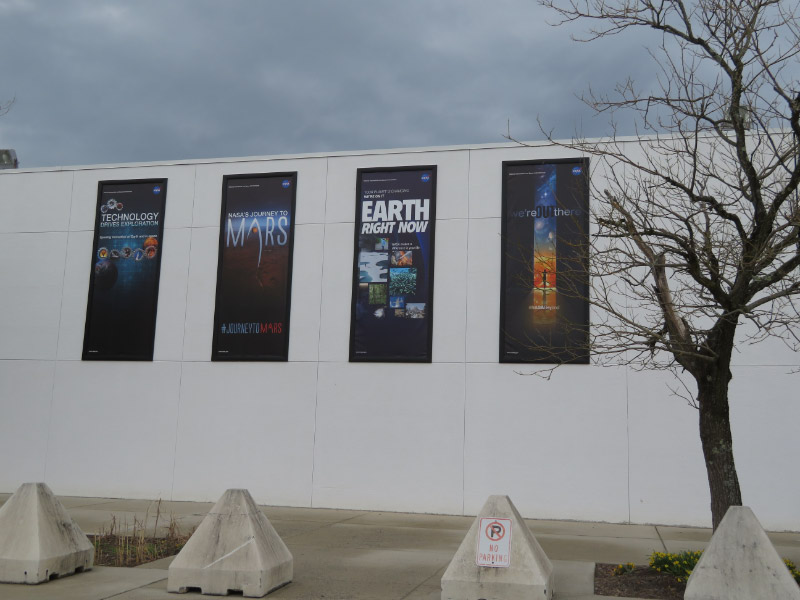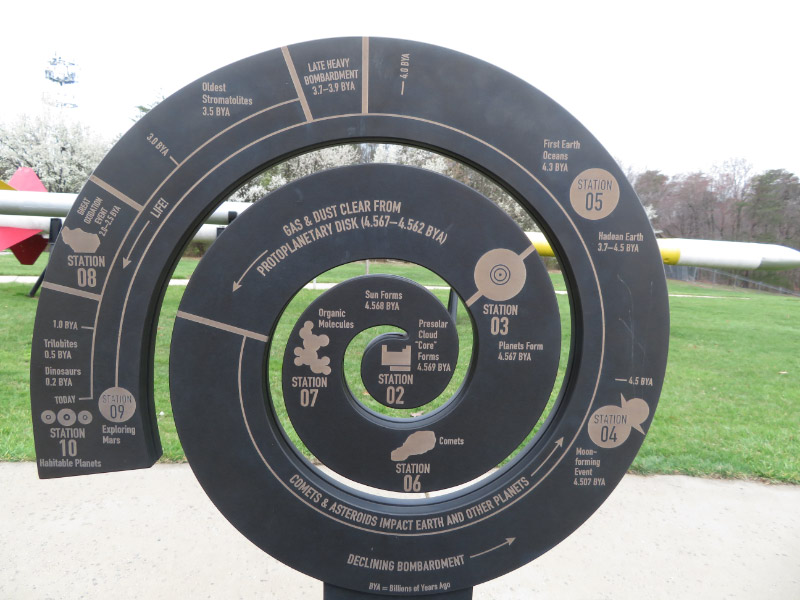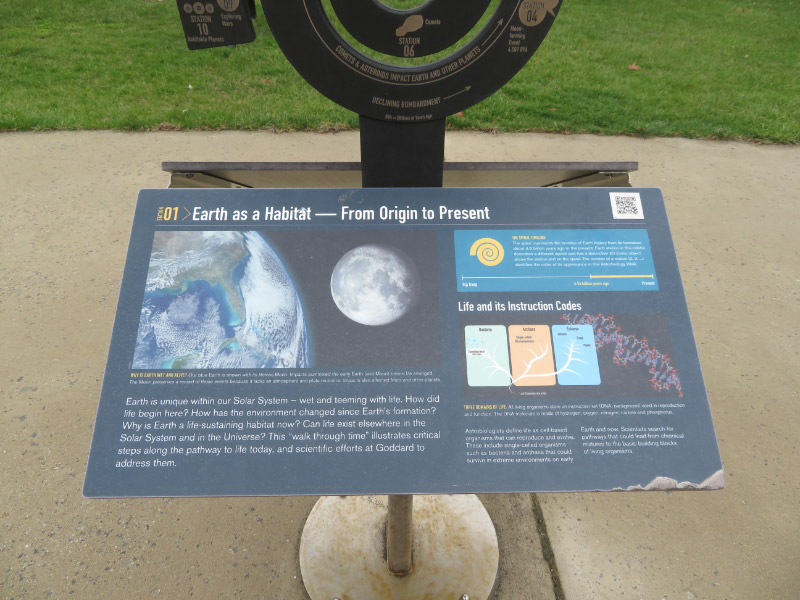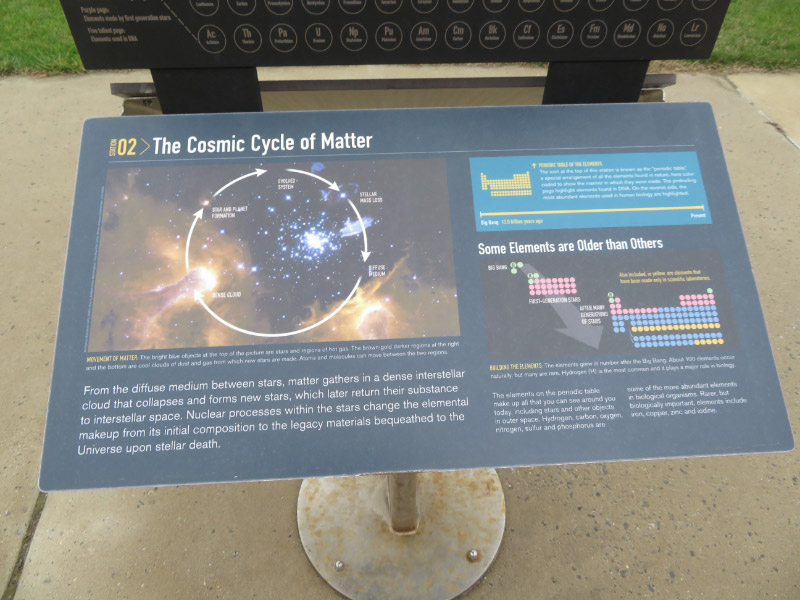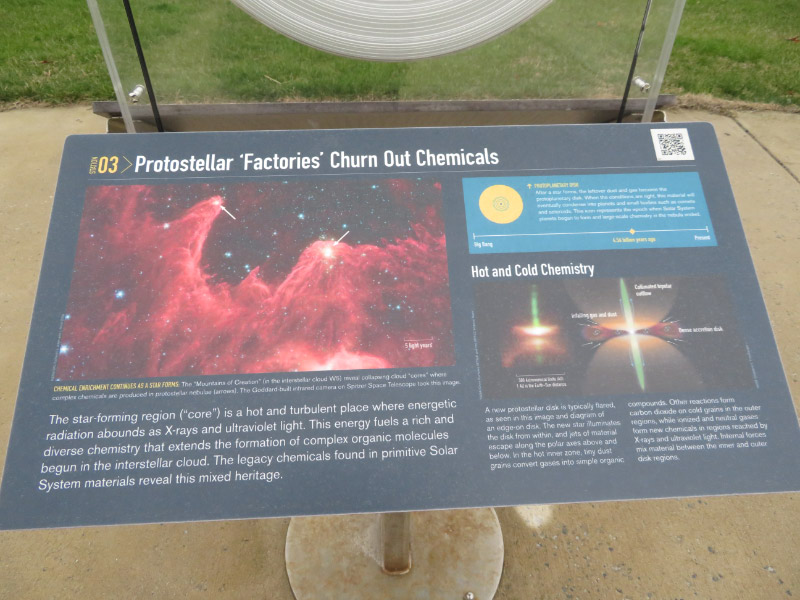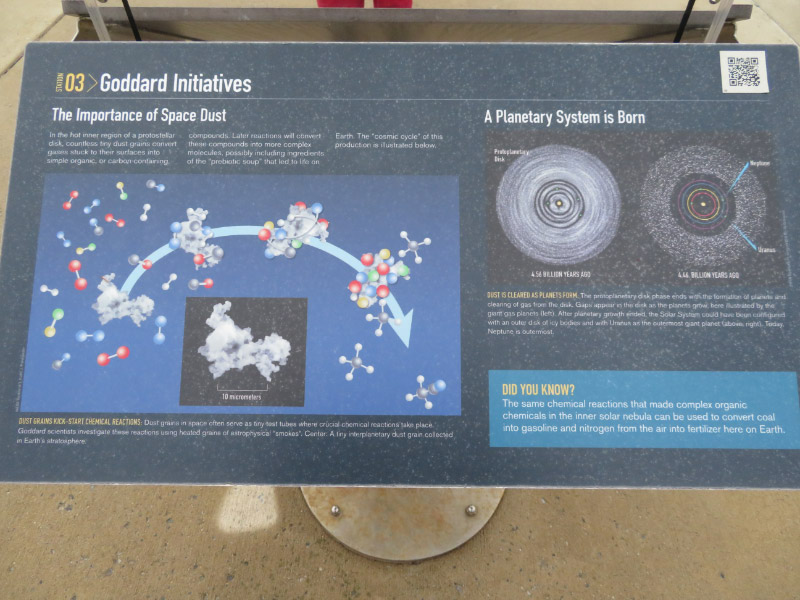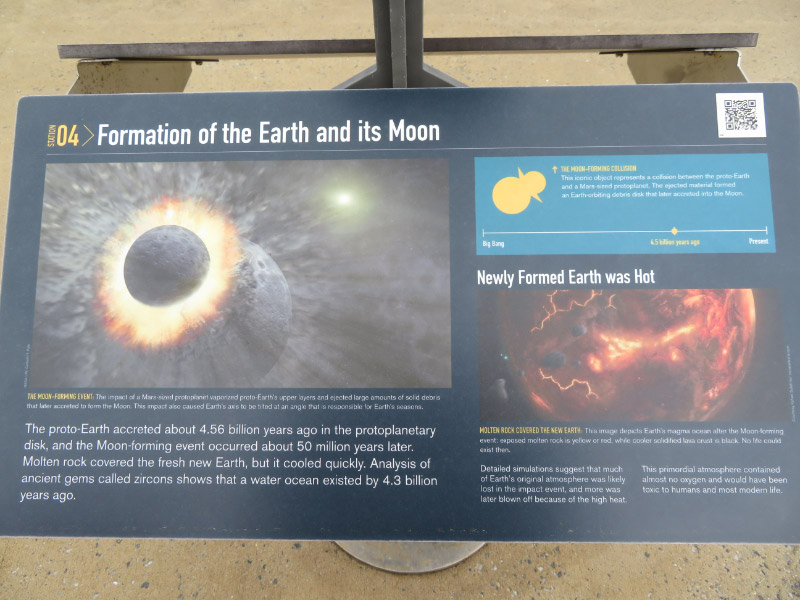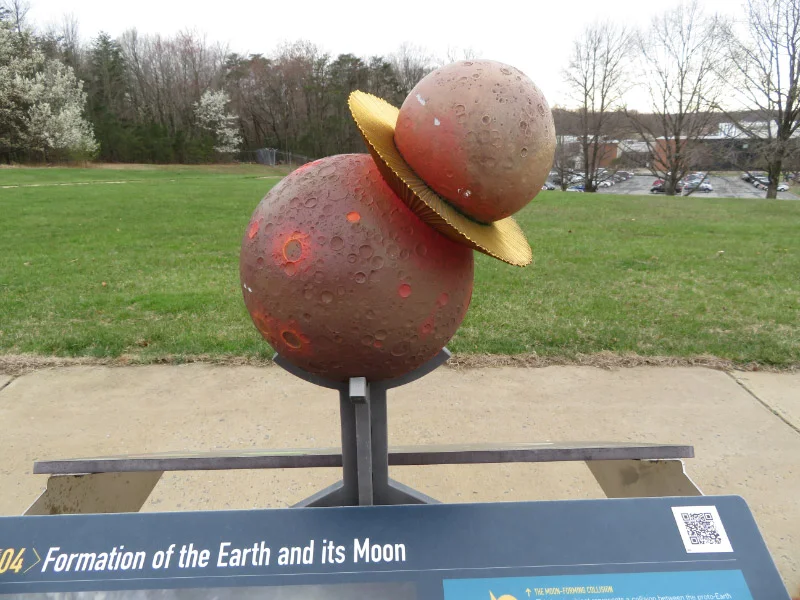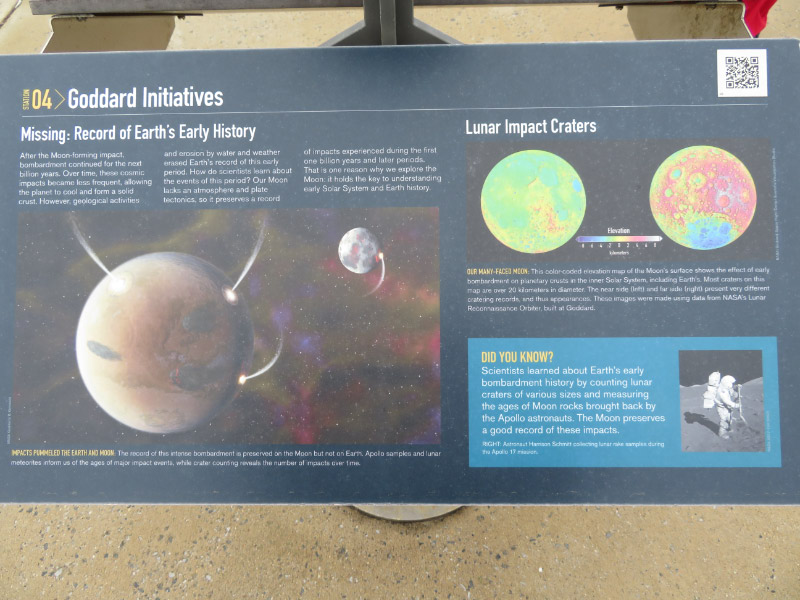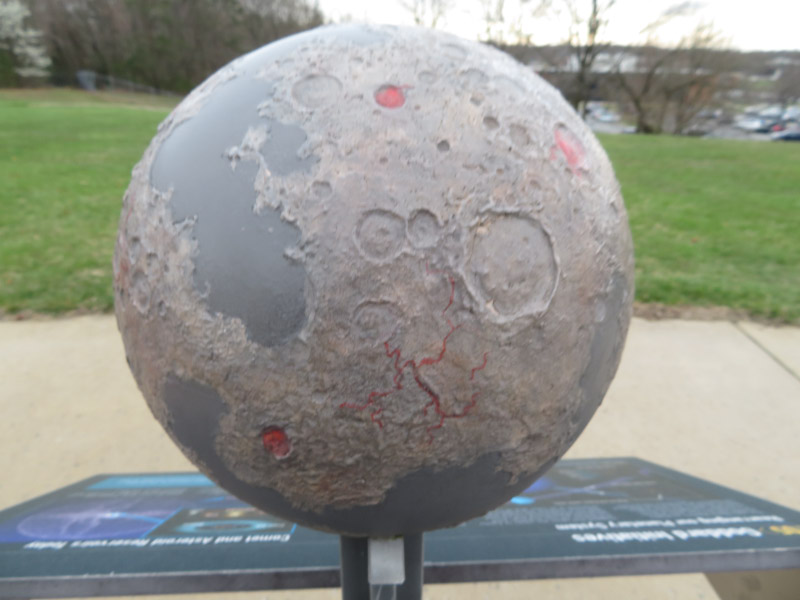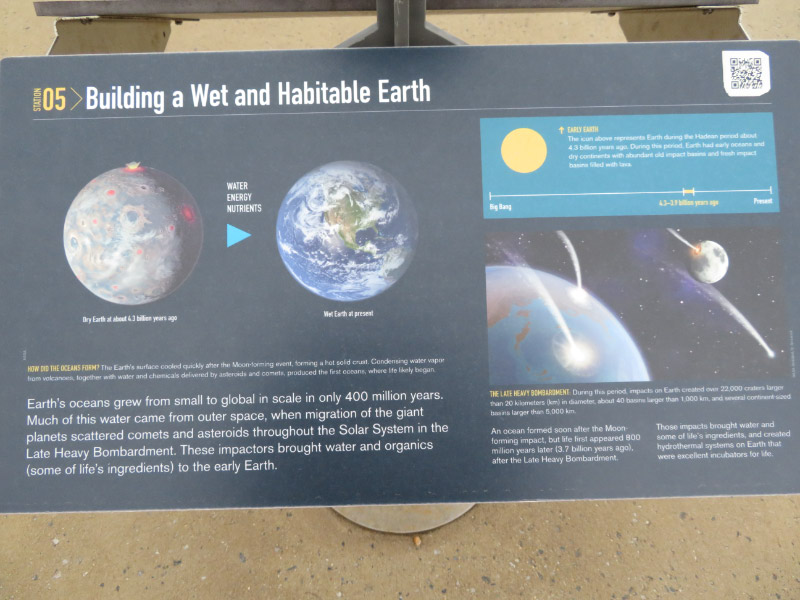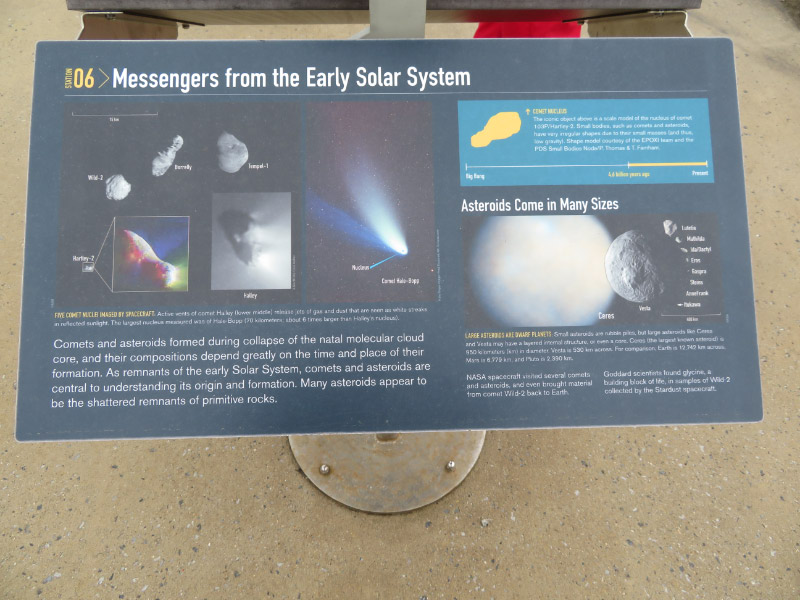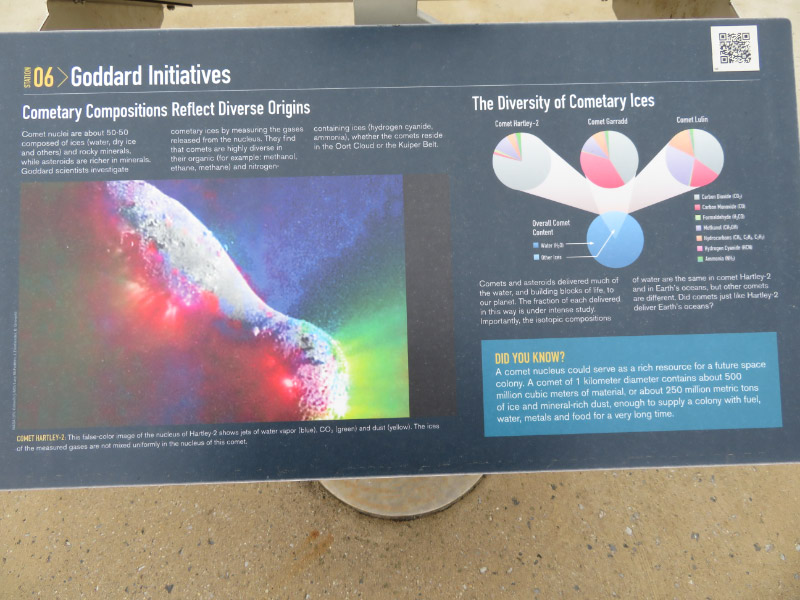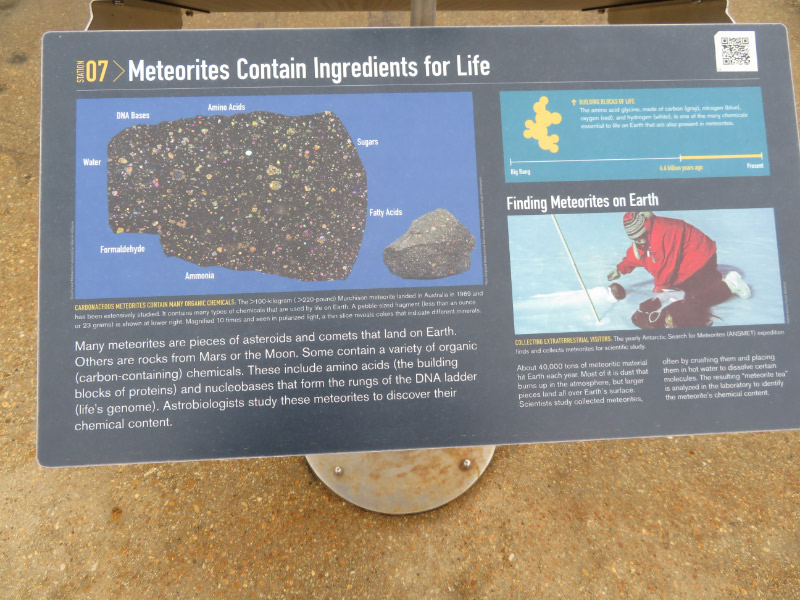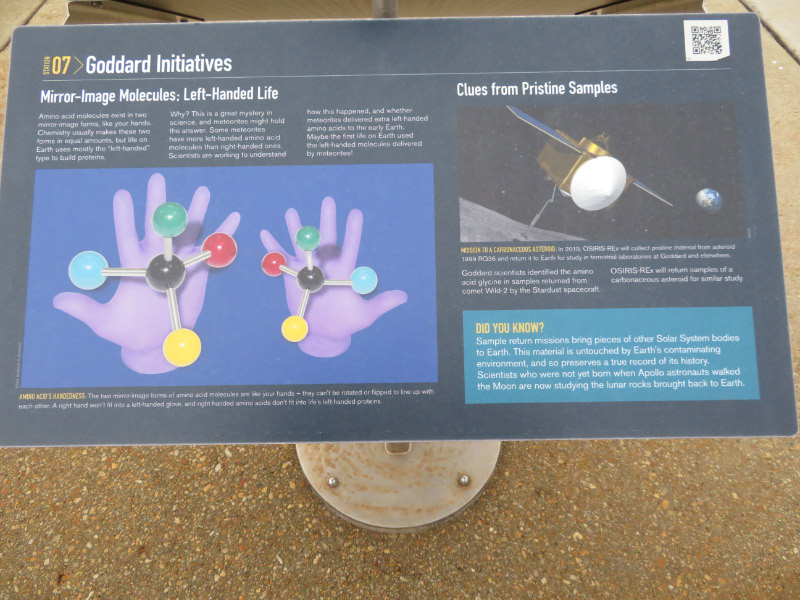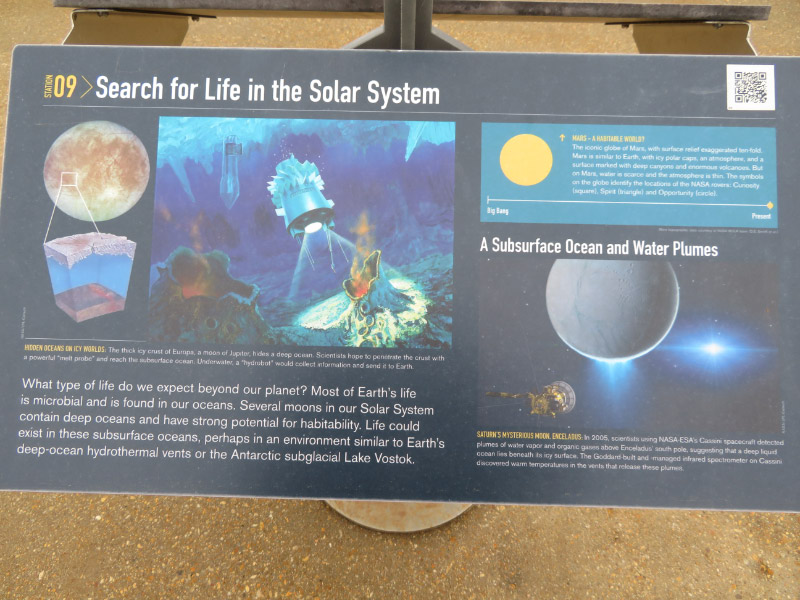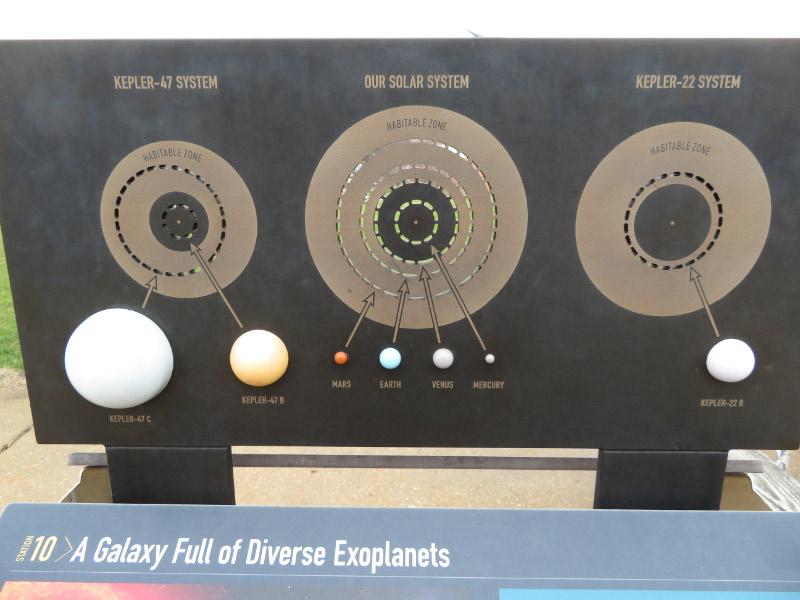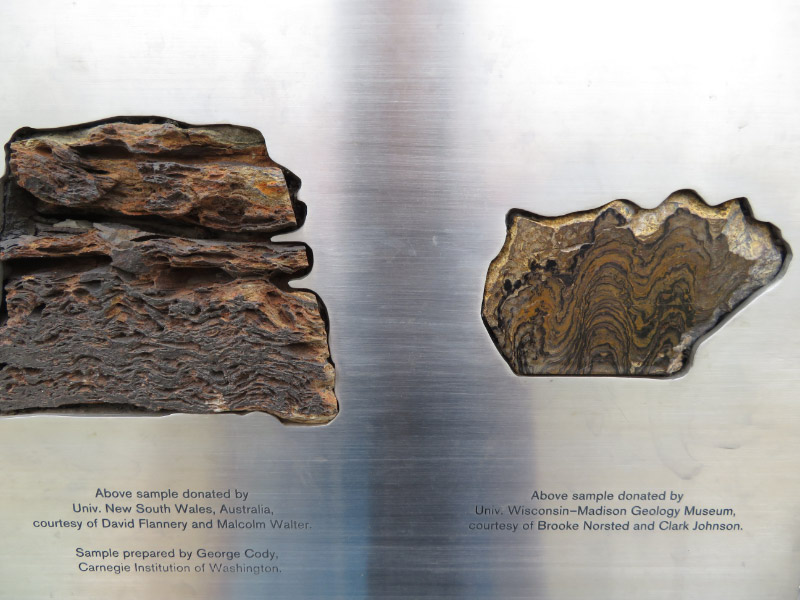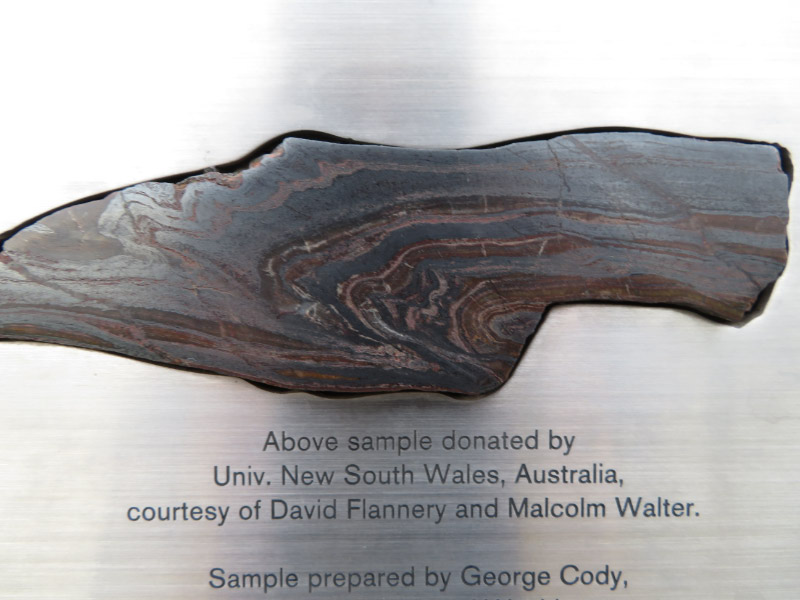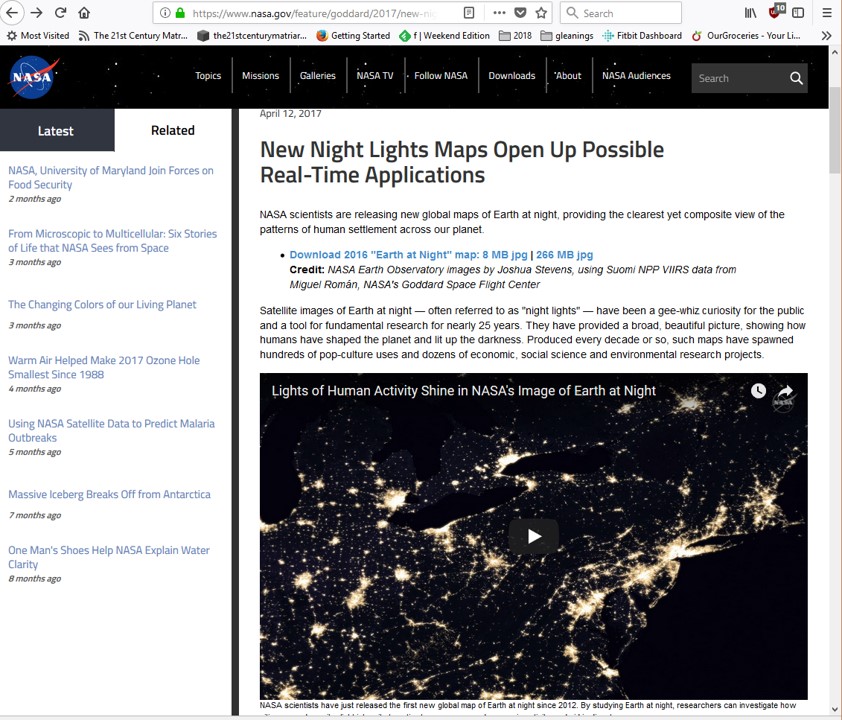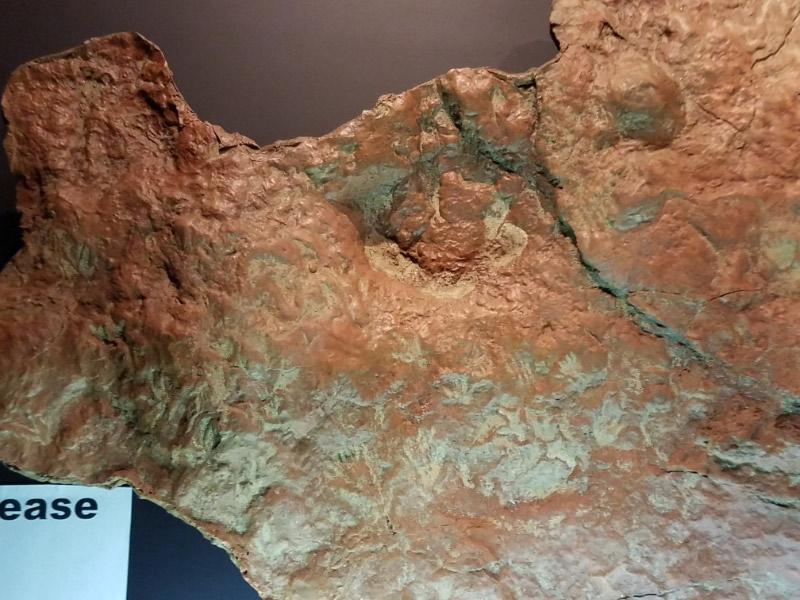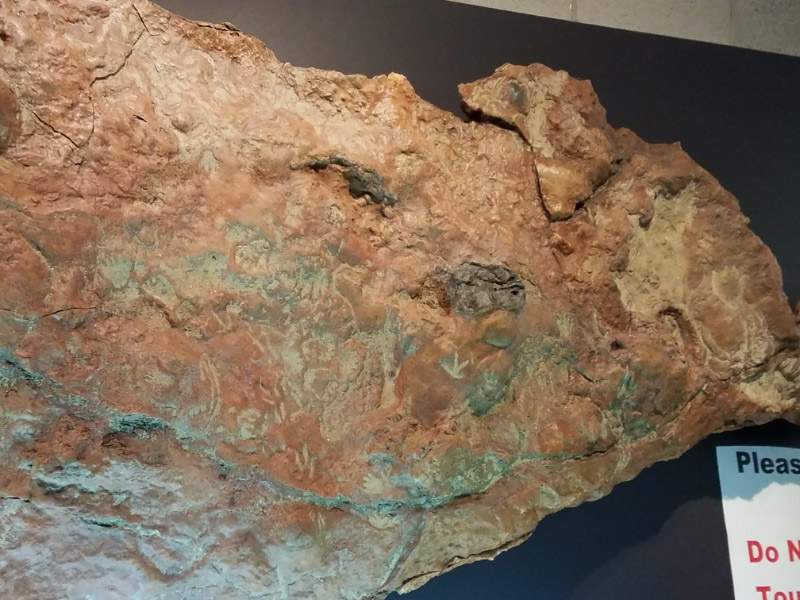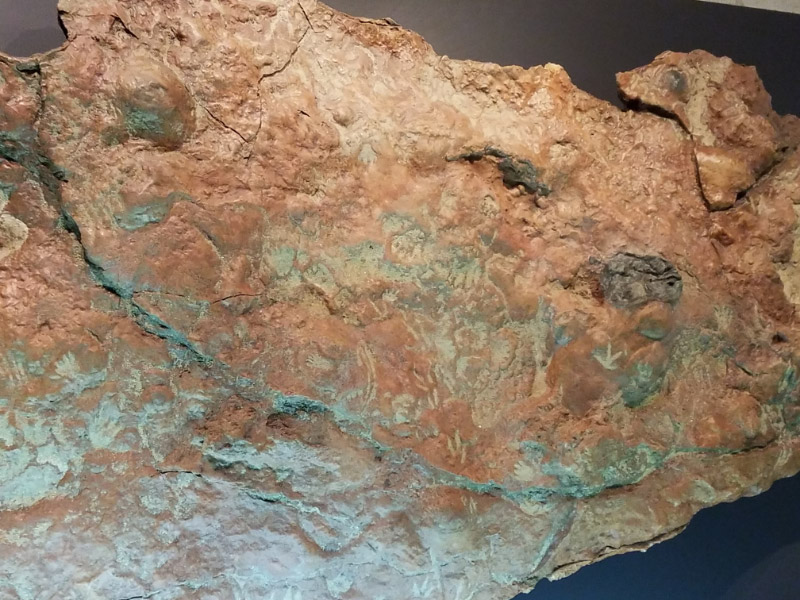Summer Camp Volunteering – week 2
/The theme for last week’s Howard Count Conservancy’s summer camps was ‘Fantastic Beasts.’ I spent a morning at Mt. Pleasant and the next morning at Belmont. At Mt. Pleasant there were three groups of campers….45 minutes for each. I used the dinosaur and mammal track rock found at NASA Goddard (saw it back when I was in the HOLLIE program) to initiate the conversation about extinct animals and fossils. There were some fossil shells from Calvert Cliffs and some of the campers had been there to explore themselves. I had on my ammonite shaped earrings too.
Then for some action: Two pans of water, a measuring tape and white board. A person put one foot into each pan (shoes on) and then stepped out and walked normally. The measurement team (usually two campers) measured heal print to heal print to determine the walking stride length. We measured the walking stride of the tallest and shortest in each group (and then everyone else because everyone wanted to know their stride length…or game it and take extra-long steps!). In the oldest group of campers, we measured the running stride (heel first and on toes). It was a great activity to further explore what information can be gleaned from tracks.
We transitioned into evidence of animals living today with some whelk shells and egg cases found on a beach. Some campers were surprised that the whelks were animals that still live in the ocean along the east coast of the US.
One of the junior counselors had participated in a dinosaur dig in Montana…and shared some pictures for her adventure with the campers.
It was a busy 45 minutes!
At Belmont, there were two groups of campers making Zentangle® tiles. I introduced the session using the NASA Goddard rock, the welk shells and my ammonite earrings….and then showed them patterns for beasts. The first group (younger) made octopus/jelly fish and tracks. The second group experimented with an ammonite type pattern, tracks and shells. The theropod tracks were the most popular. Many made some big therapod tracks and then some small ones (moms with babies). A variation from one camper: a therapod track….then a blank area where the therapod flew….then more tracks. One camper made mammal tracks. Both groups enjoyed adding colors after they made their patterns with the black Sharpie ultrafine pens.
--
The Zentangle® Method is an easy-to-learn, relaxing, and fun way to create beautiful images by drawing structured patterns. It was created by Rick Roberts and Maria Thomas. "Zentangle" is a registered trademark of Zentangle, Inc. Learn more at zentangle.com.






